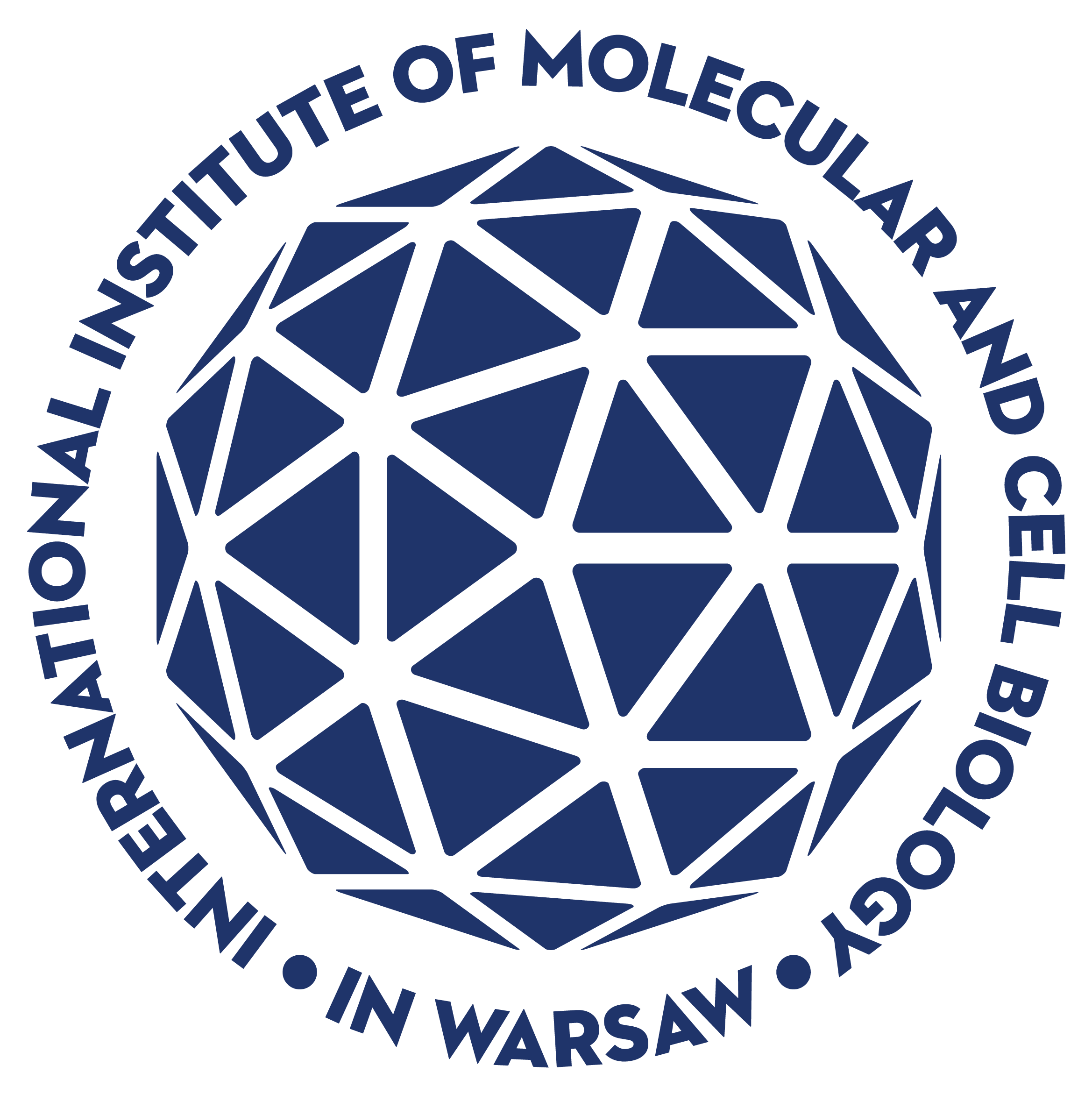Bibliografia
- Noerman, S., Kolehmainen, M. & Hanhineva, K. Profiling of endogenous and gut microbial metabolites to indicate metabotype-specific dietary responses: A systematic review. Adv. Nutr. 11, 1237–1254 (2020).
- Hillesheim, E., Yin, X., Sundaramoorthy, G. P. & Brennan, L. Using a metabotype framework to deliver personalized nutrition improves dietary quality and metabolic health parameters: A 12-week randomized controlled trial. Mol. Nutr. Food Res. 67, e2200620 (2023).
- Kuchay, M. S., Choudhary, N. S. & Mishra, S. K. Pathophysiological mechanisms underlying MASLD. Diabetes Metab. Syndr. 14, 1875–1887 (2020).
- Gofton, C., Upendran, Y., Zheng, M.-H. & George, J. MASLD: How is it different from NAFLD? Clin. Mol. Hepatol. 29, S17–S31 (2023).
- Yamamura, S. et al. MASLD identifies patients with significant hepatic fibrosis better than NAFLD. Liver Int. 40, 3018–3030 (2020).
- Kolodziejczyk, A. A., Zheng, D., Shibolet, O. & Elinav, E. The role of the microbiome in NAFLD and NASH. EMBO Mol. Med. 11, e9302 (2019).
- Wu, LY., Wijesekara, Y., Piedade, G.J. et al. Benchmarking bioinformatic virus identification tools using real-world metagenomic data across biomes. Genome Biol 25, 97 (2024).
- Basso, D., Padoan, A., D’Incà, R., Arrigoni, G., Scapellato, M., Contran, N., Franchin, C., Lorenzon, G., Mescoli, C., Moz, S., Bozzato, D., Rugge, M. & Plebani, M. Peptidomic and proteomic analysis of stool for diagnosing IBD and deciphering disease pathogenesis. Clinical Chemistry and Laboratory Medicine (CCLM), 58(6), 968-979 (2020).
- Buchfink, B., Xie, C. & Huson, D. H. Fast and sensitive protein alignment using DIAMOND. Nat. Methods 12, 59–60 (2015).
- Nurk, S., Meleshko, D., Korobeynikov, A. & Pevzner, P. A. metaSPAdes: a new versatile metagenomic assembler. Genome Res. 27, 824–834 (2017).
- Chaumeil, P.-A., Mussig, A. J., Hugenholtz, P. & Parks, D. H. GTDB-Tk v2: memory friendly classification with the genome taxonomy database. Bioinformatics 38, 5315–5316 (2022).
- Parks, D. H. et al. GTDB: an ongoing census of bacterial and archaeal diversity through a phylogenetically consistent, rank normalized and complete genome-based taxonomy. Nucleic Acids Res. 50, D785–D794 (2022).
- Wood, D. E., Lu, J. & Langmead, B. Improved metagenomic analysis with Kraken 2. Genome Biol. 20, 257 (2019).
- Lu, J., Breitwieser, F. P., Thielen, P. & Salzberg, S. L. Bracken: estimating species abundance in metagenomics data. PeerJ Comput. Sci. 3, e104 (2017).
- Kolodziejczyk, A. A., Zheng, D. & Elinav, E. Diet-microbiota interactions and personalized nutrition. Nat. Rev. Microbiol. 17, 742–753 (2019).
- Kolodziejczyk, A. A., Zheng, D., Shibolet, O. & Elinav, E. The role of the microbiome in NAFLD and NASH. EMBO Mol. Med. 11, e9302 (2019).
- Lang, S. & Schnabl, B. Microbiota and Fatty Liver Disease—the Known, the Unknown, and the Future. Cell Host Microbe 28, 233–244 (2020).
- Henao-Mejia, J. et al. Inflammasome-mediated dysbiosis regulates progression of NAFLD and obesity. Nature 482, 179–185 (2012).
- Koyama, Y. & Brenner, D. A. Liver inflammation and fibrosis. J. Clin. Invest. 127, 55–64 (2017).
- Loomba, R. et al. Gut Microbiome-Based Metagenomic Signature for Non-invasive Detection of Advanced Fibrosis in Human Nonalcoholic Fatty Liver Disease. Cell Metab. 30, 607 (2019).
- Aron-Wisnewsky, J. et al. Gut microbiota and human NAFLD: disentangling microbial signatures from metabolic disorders. Nat. Rev. Gastroenterol. Hepatol. 17, 279–297 (2020).
- Lee, G. et al. Distinct signatures of gut microbiome and metabolites associated with significant fibrosis in non-obese NAFLD. Nat. Commun. 11, 4982 (2020).
- Caussy, C. et al. A gut microbiome signature for cirrhosis due to nonalcoholic fatty liver disease. Nat. Commun. 10, 1406 (2019).
- Boursier, J. et al. The severity of nonalcoholic fatty liver disease is associated with gut dysbiosis and shift in the metabolic function of the gut microbiota. Hepatology 63, 764–775 (2016).
- Agus, A., Cl.ment, K. & Sokol, H. Gut microbiota-derived metabolites as central regulators in metabolic disorders. Gut 70, 1174–1182 (2021).
- Ding, Y. et al. Microbially-derived indole-3-acetate alleviates diet induced steatosis and inflammation in mice. (2023) doi:10.7554/elife.87458.1.
- Li, R. et al. The gut microbial metabolite, 3,4-dihydroxyphenylpropionic acid, alleviates hepatic ischemia/reperfusion injury via mitigation of macrophage pro-inflammatory activity in mice. Acta Pharm. Sin. B. 12, 182–196 (2022).
- Lin, C.-C., Yin, M.-C. & Liu, W.-H. Alleviative effects of s-allyl cysteine and s-ethyl cysteine on MCD diet-induced hepatotoxicity in mice. Food Chem. Toxicol. 46, 3401–3406 (2008).
- Afifi, N. A. et al. Trigonelline attenuates hepatic complications and molecular alterations in high-fat high-fructose diet-induced insulin resistance in rats. Can. J. Physiol. Pharmacol. 95, 427–436 (2017).
- Zhang, D.-F., Zhang, F., Zhang, J., Zhang, R.-M. & Li, R. Protection effect of trigonelline on liver of rats with non-alcoholic fatty liver diseases. Asian Pac. J. Trop. Med. 8, 651–654 (2015).
- Urasaki, Y., Pizzorno, G. & Le, T. T. Chronic uridine administration induces fatty liver and prediabetic conditions in mice. PLoS One 11, e0146994 (2016).
- Chen, Y.-M. et al. Associations of gut-flora-dependent metabolite trimethylamine-N-oxide, betaine and choline with non-alcoholic fatty liver disease in adults. Sci. Rep. 6, 19076 (2016).
- Ramon, C. & Stelling, J. Functional comparison of metabolic networks across species. Nat. Commun. 14, 1699 (2023).
- Gallage, S. et al. A researcher’s guide to preclinical mouse NASH models. Nat. Metab. 4, 1632–1649 (2022).
- Tripathi, A. et al. The gut–liver axis and the intersection with the microbiome. Nat. Rev. Gastroenterol. Hepatol. 15, 397–411 (2018).
- Ji, Y., Gao, Y., Chen, H., Yin, Y. & Zhang, W. Indole-3-acetic acid alleviates nonalcoholic fatty liver disease in mice via attenuation of hepatic lipogenesis, and oxidative and inflammatory stress. Nutrients 11, 2062 (2019).
- Kubes, P. & Mehal, W. Z. Sterile inflammation in the liver. Gastroenterology 143, 1158–1172 (2012).
- An, P. et al. Hepatocyte mitochondria-derived danger signals directly activate hepatic stellate cells and drive progression of liver fibrosis. Nat. Commun. 11, 2362 (2020).
- Hammerich, L. & Tacke, F. Hepatic inflammatory responses in liver fibrosis. Nat. Rev. Gastroenterol. Hepatol. 20, 633–646 (2023).
- Schuster, S., Cabrera, D., Arrese, M. & Feldstein, A. E. Triggering and resolution of inflammation in NASH. Nat. Rev. Gastroenterol. Hepatol. 15, 349–364 (2018).
